EngiMake’s Quadbot
3D printing in education is becoming more and more popular and for a very good reason, it gets students engaged and motivated all whilst learning new skills for their future careers. But more often than not, 3D printing is a tool that is used alongside other applications such as robotics. Today we’re excited to tell you about a start-up company, who integrate 3D printing, coding and electronics all in one learning package.
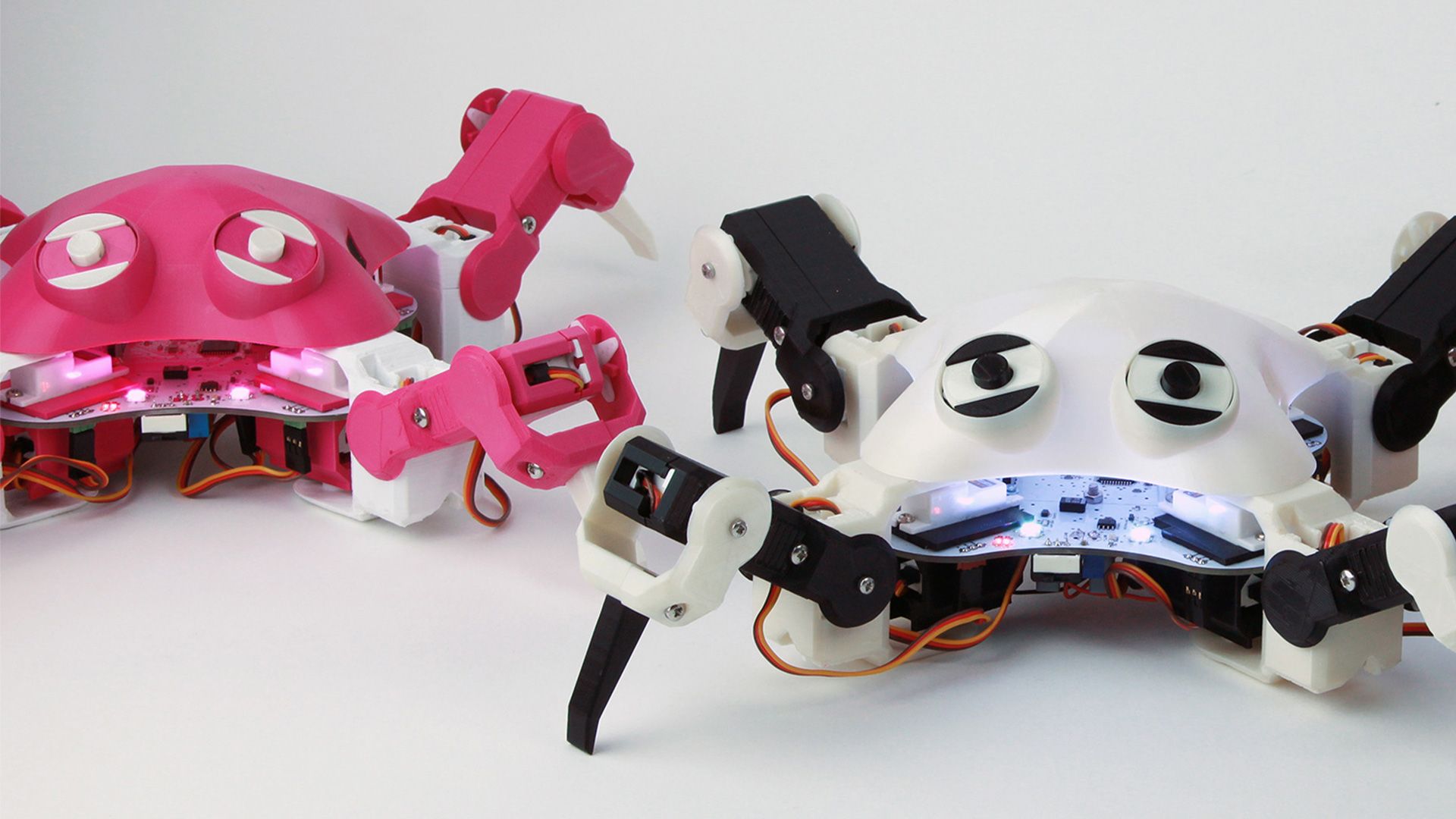
23rd November 2016 • News
Introducing the QuadBot by Engimake
The QuadBot is a 3D printable, programmable walking robot. It’s extremely engaging and fun to program, but it’s also open source and loaded with complex algorithms, making it ideal for students, makers, aspiring roboticists and veteran hackers. The QuadBot is much more than a robot though, the Engimake team are creating a whole learning platform that consist of interactive exercises that require no prior knowledge of coding and electronics. We caught up with Josh, co-founder of Engimake, who are now live on Kickstarter!
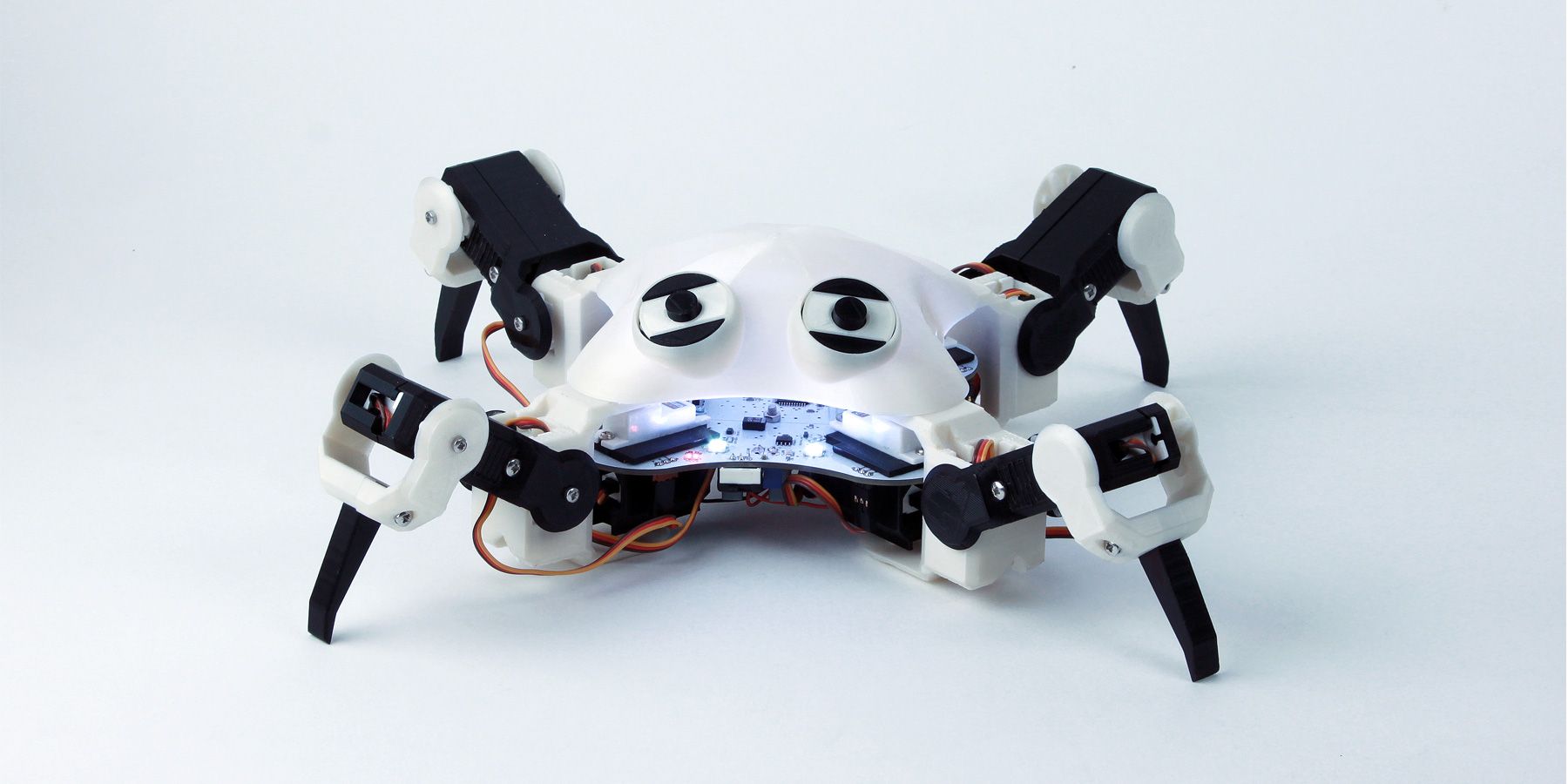
Check out the interview below:
Please can you tell us about yourself and how you got into 3D printing and robotics?
I’ve always loved robots, and studying a degree in Engineering only cemented that further. I worked on at least 6 different robot projects during my undergrad, from a six-legged balancing hexapod to a robotic infrared imager for farming. When I graduated I interned at Fab Lab London and discovered 3D Printing. As a roboticist I saw absolutely massive potential. The ability to go from a design to a 3D part, in less than 5 hours astounded me. It literally opened up another dimension for me to play with when making and designing my robots!
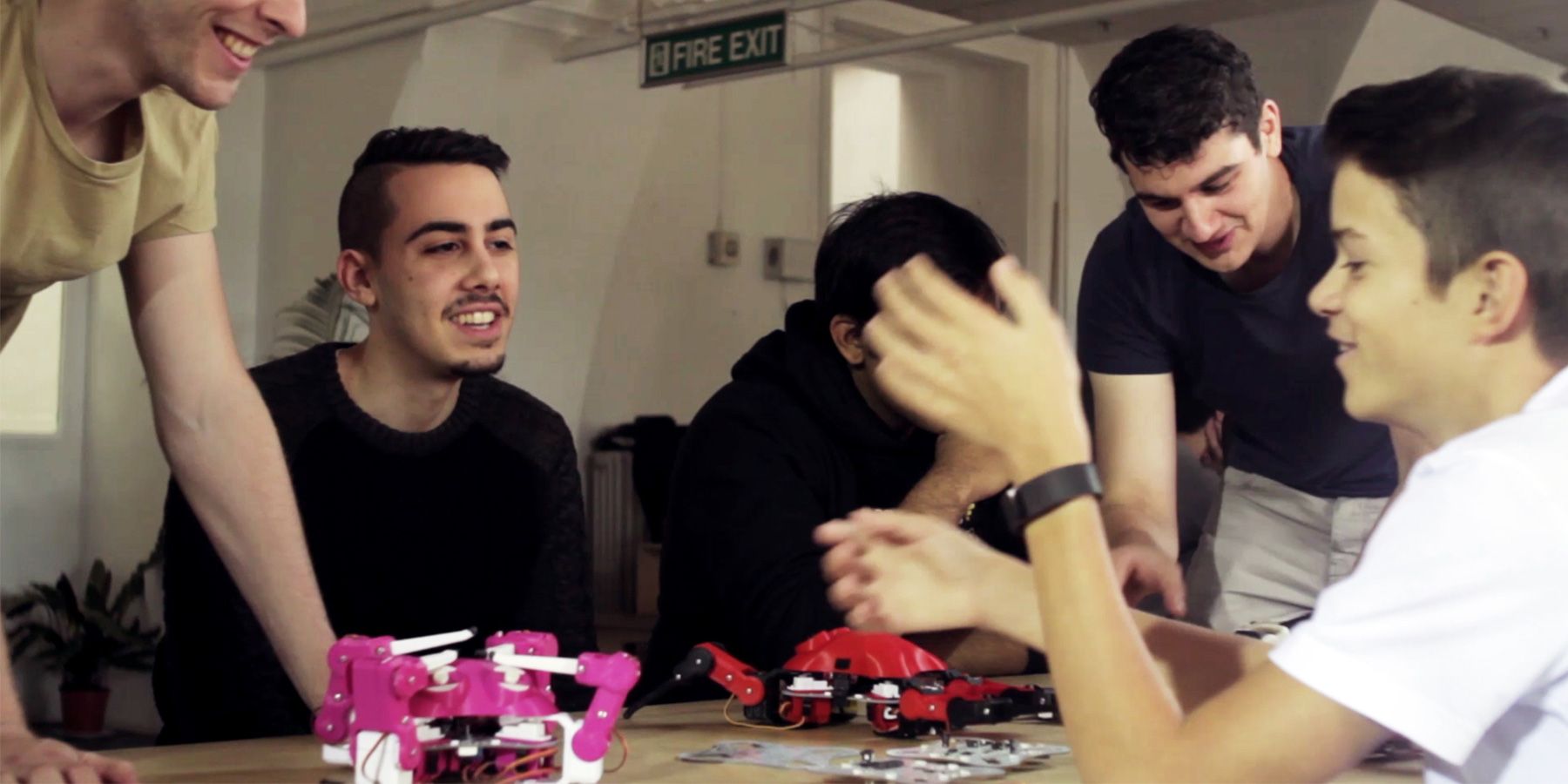
What is the mission for Engimake and what are your goals as a company?
Our mission is to open up robotics to everyone. To turn it from being inaccessible to being entirely open for anyone to try. We’re going to do this by creating a series of open-source, super engaging and expandable robots. Our goals are to get our robots into schools, and get the next generation engaged with this technology.
Why do you think 3D printing and robotics are important in education?
3D Printing has massive potential. The ability to dream something up, and then print it out as a physical object bring immense satisfaction and encourages creativity amongst young makers. Couple this with robotics and you have the ability to dream something up, and then bring it to life. A child has the potential to unleash immense creativity whilst learning many aspects of engineering.
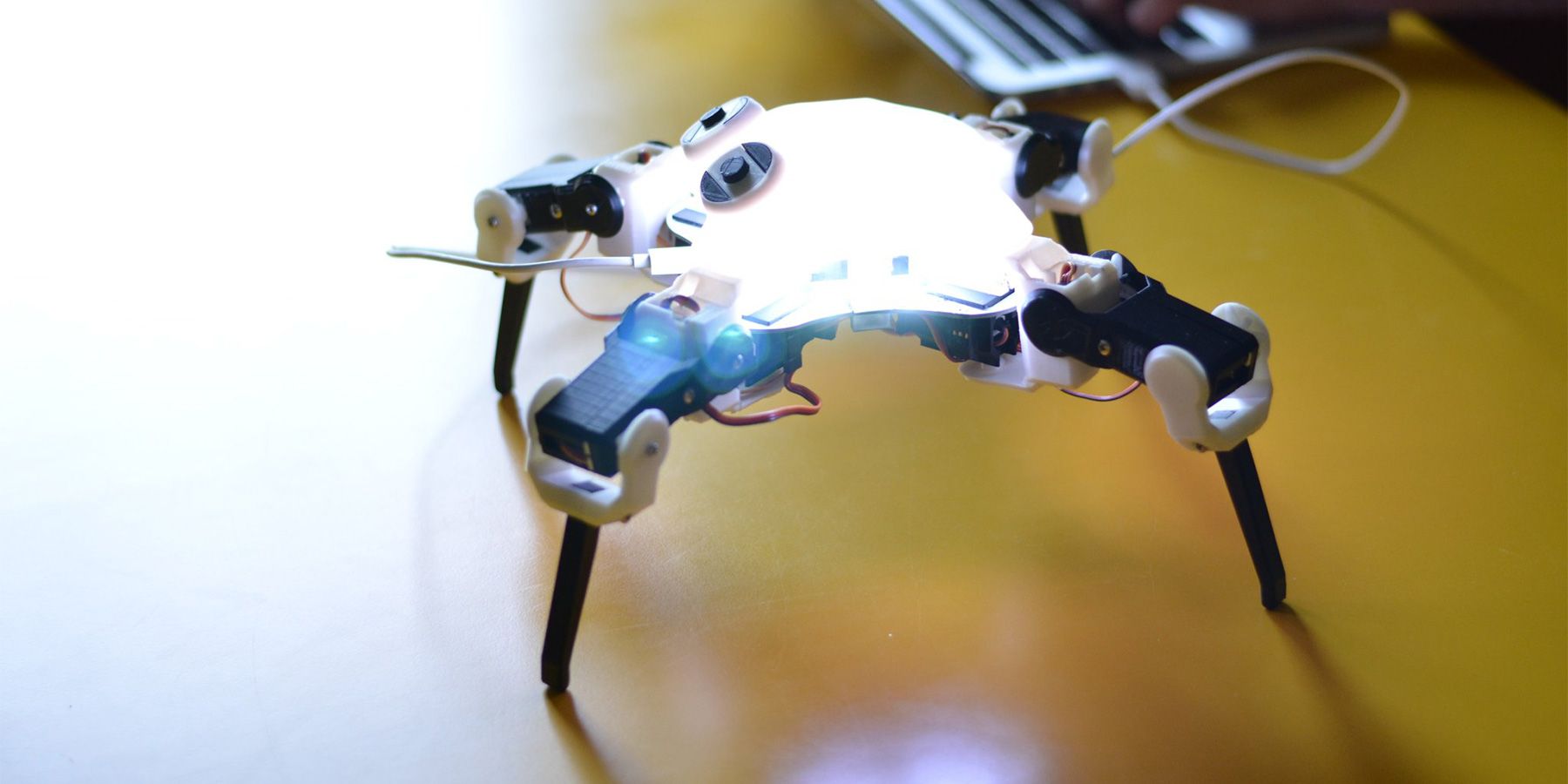
We see that your product will be open source, can you tell us why you opted to go down this route?
We just had to make our product open source, it enables hacking and encourages customisation. Many robots are not open source and they tend to “fence in” what a child can learn, this ultimately restricts creativity. However it is crucial that open source is accompanied with good learning materials to channel and direct creative learning.
What makes Engimake unique to other companies?
Engineering education is broken. It’s locked away to those studying it as a degree and inaccessible to younger makers. Most teachers lack the skills to teach it and most students regard it as boring. This is wrong. Our unique experience as graduate engineers but also makers and educators, mean we know what to do to open up engineering, and how to do it. It’s in our name, Engi(neering) and Make(ing).
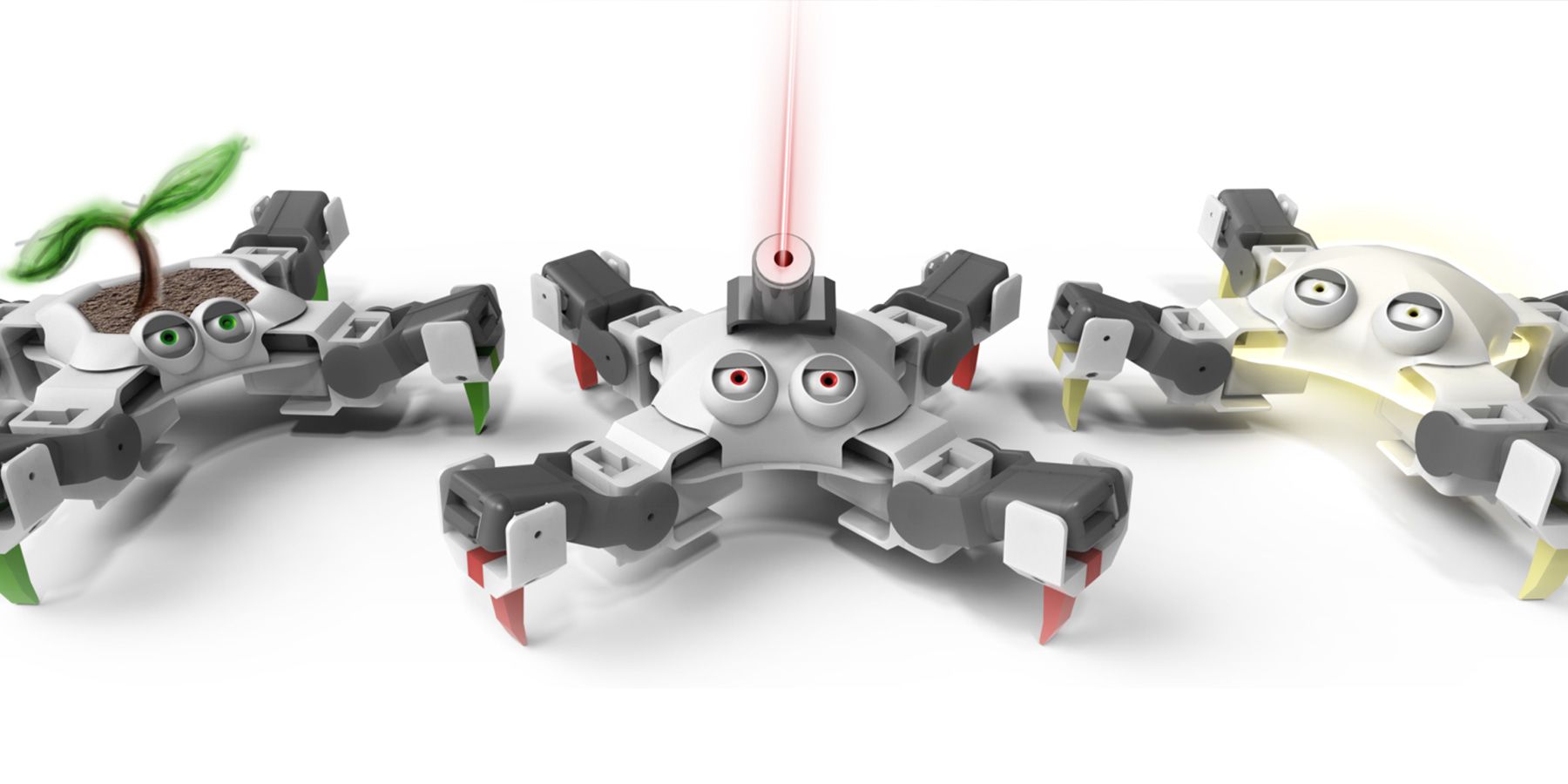
Where do you see Engimake in 5 years time?
We want EngiMake to be the go-to place for anyone to get into Engineering and Robotics. Not necessarily just kids, but those of any age. We see a line of affordable and open-source robots being used in schools, with online learning resources and offline curriculum materials. Ultimately we want to be the ones who revolutionise how engineering is taught.
If you were to give one piece of advice to teachers looking to introduce 3D printing and robotics in to their curriculum, what would it be? (apart from back Engimake on Kickstarter!)
Empower young makers by giving them a big win first (getting something working). Focus on teaching practically how to do something, and when they’re engaged, then show them why it works. Let them fiddle, break and redesign.
A big thanks to Josh and the Engimake team for their time and don’t forget, you can get hold of your Quadbot by backing them on Kickstarter here!